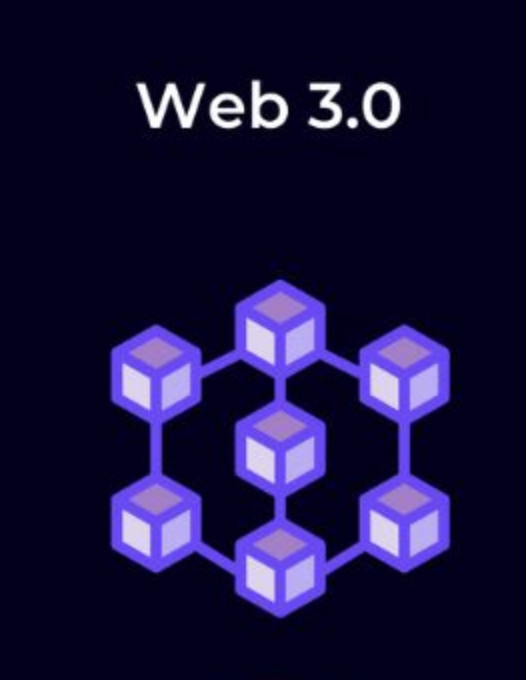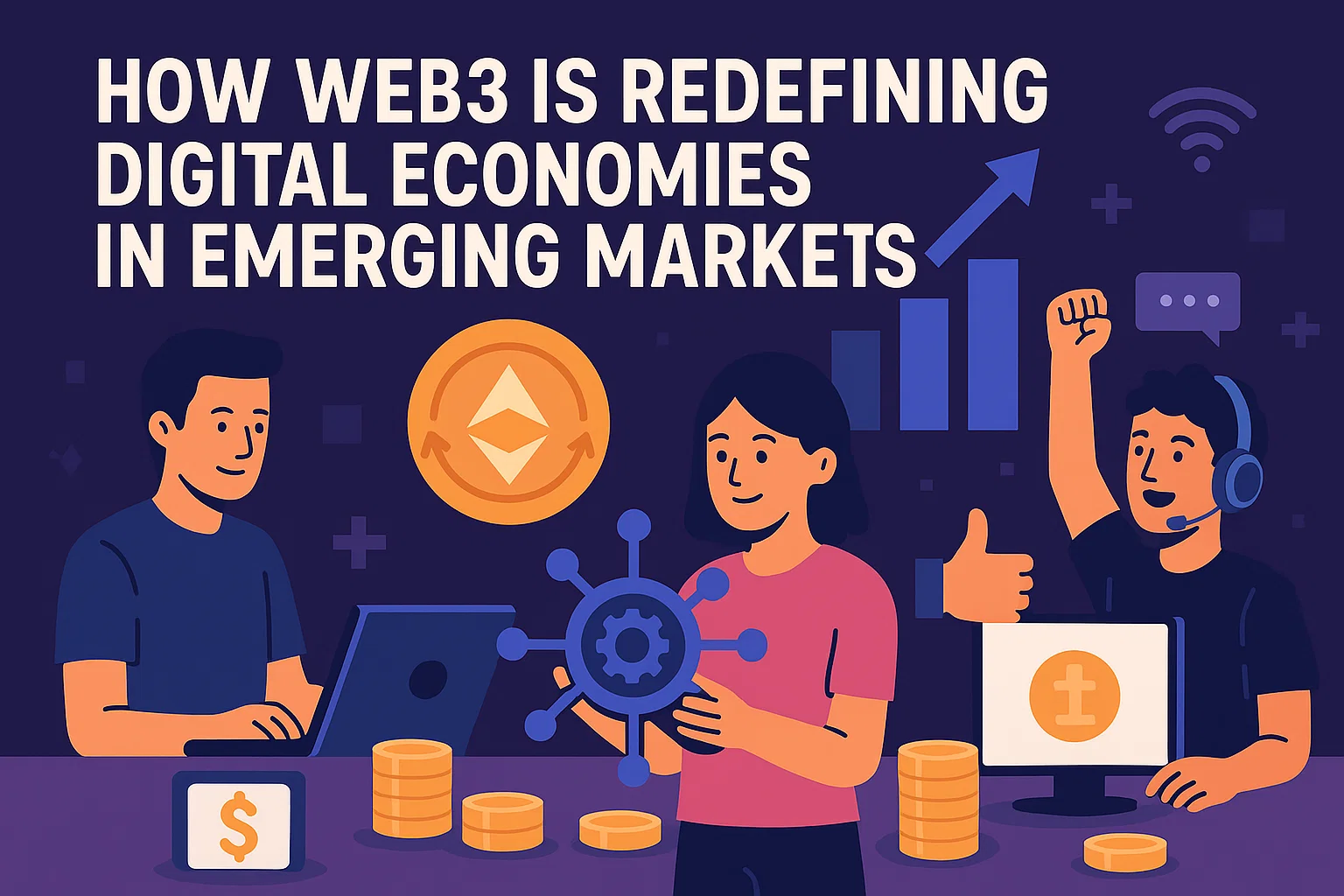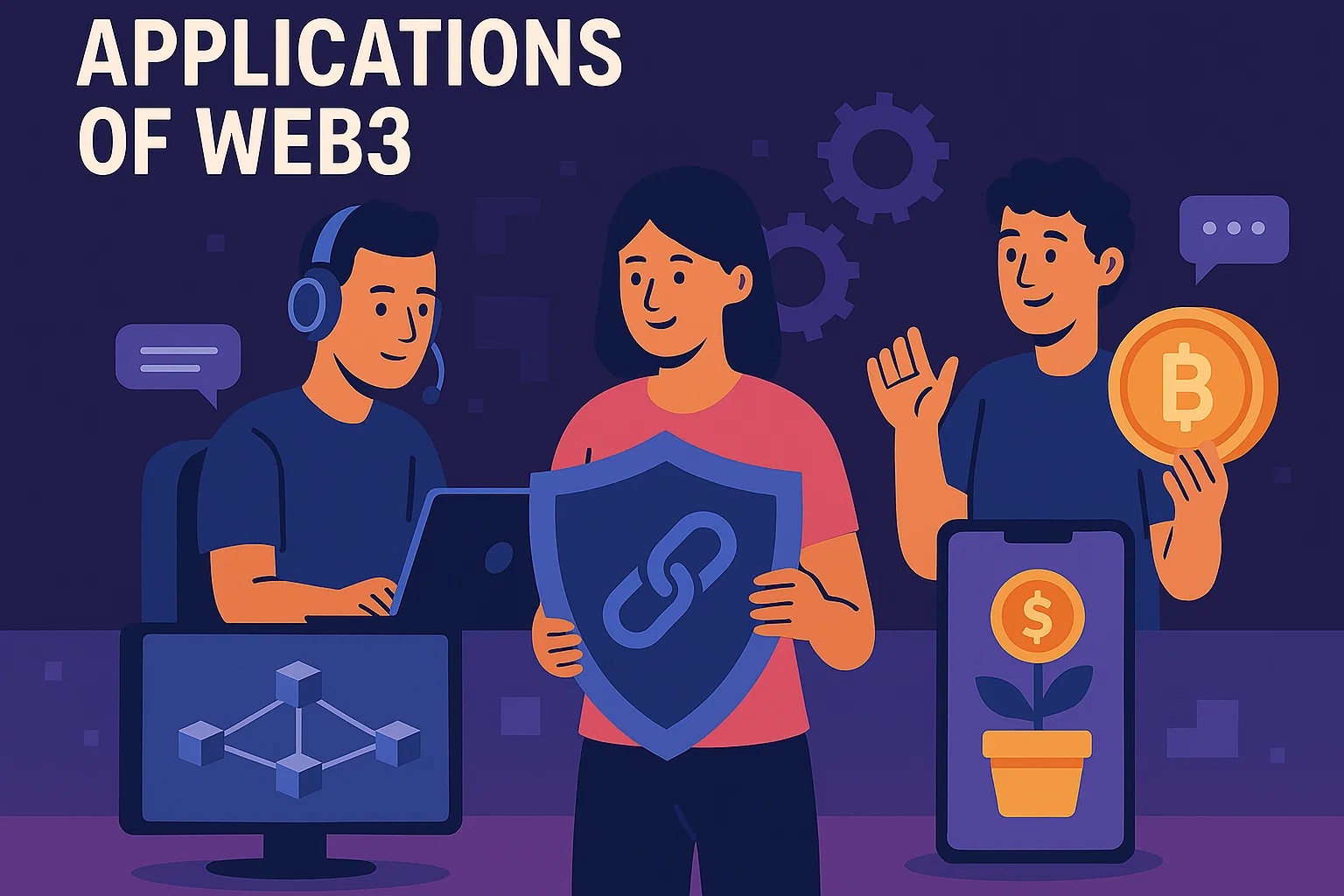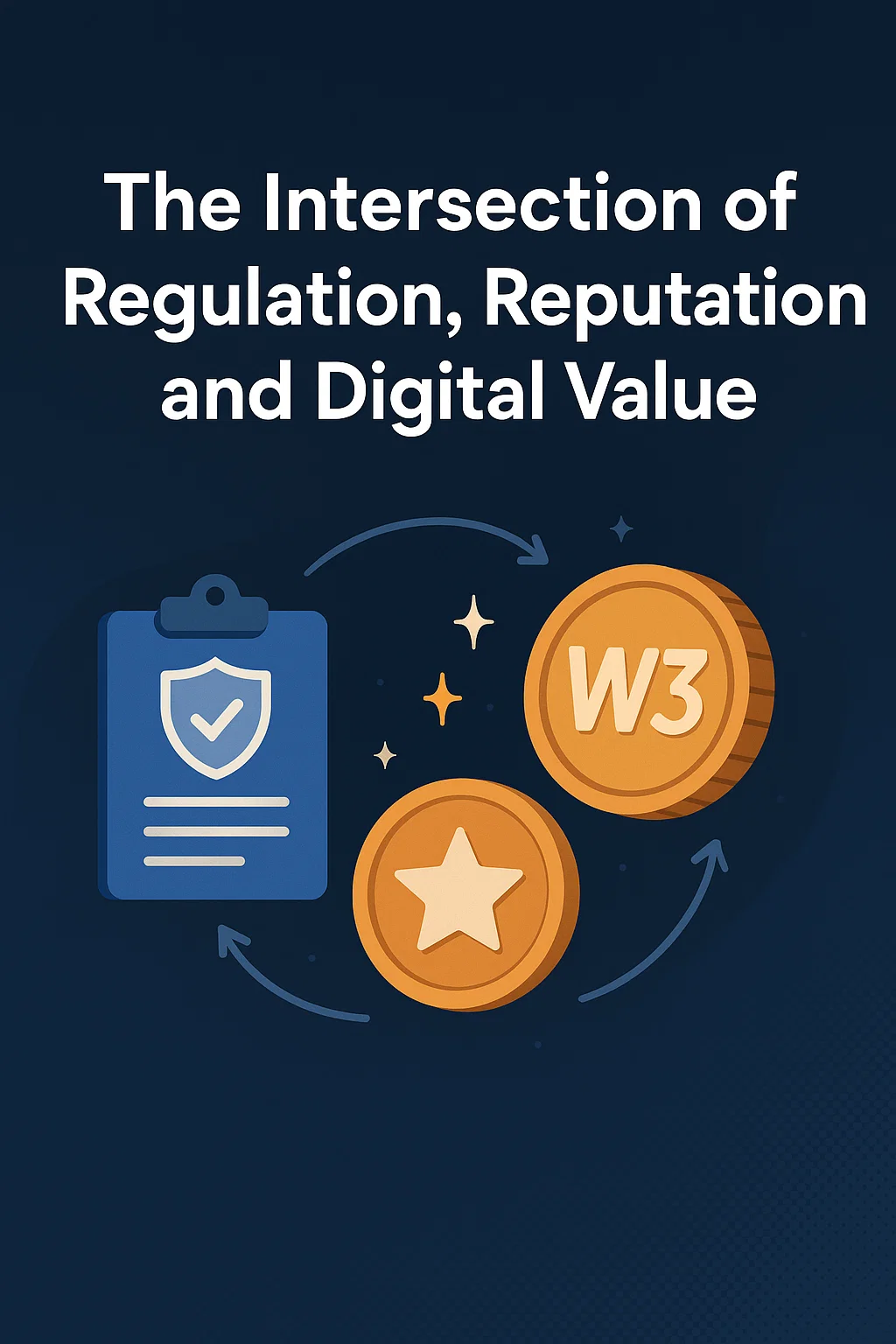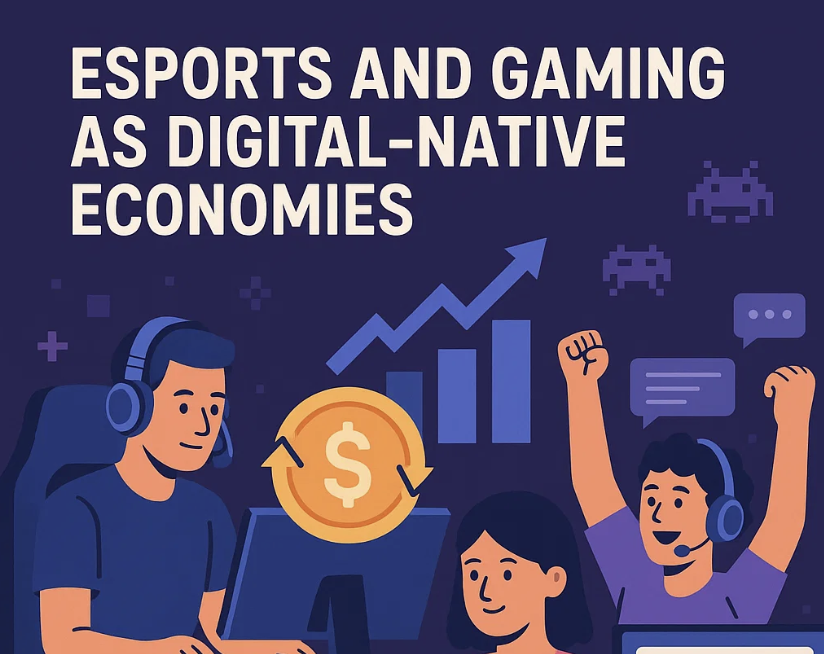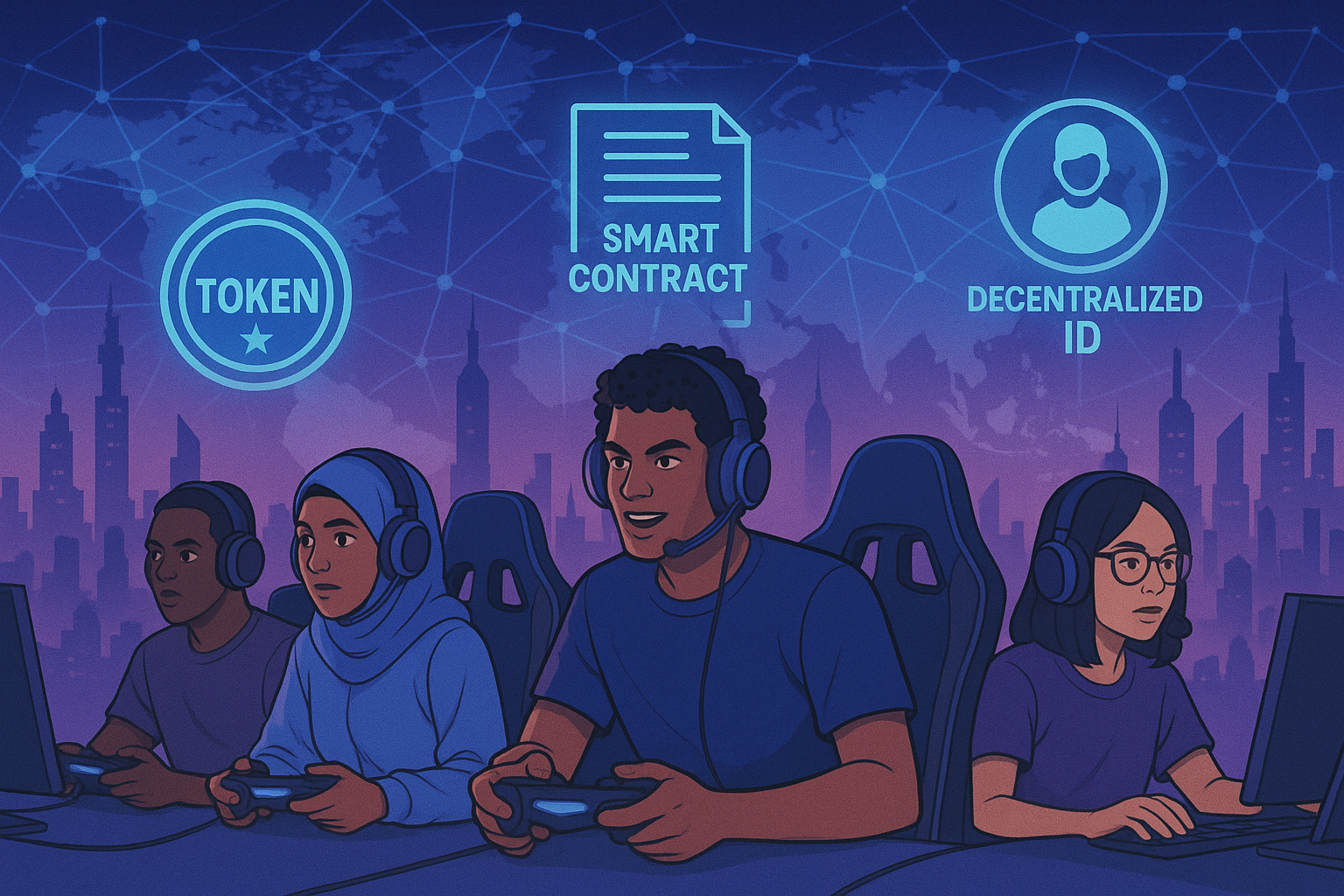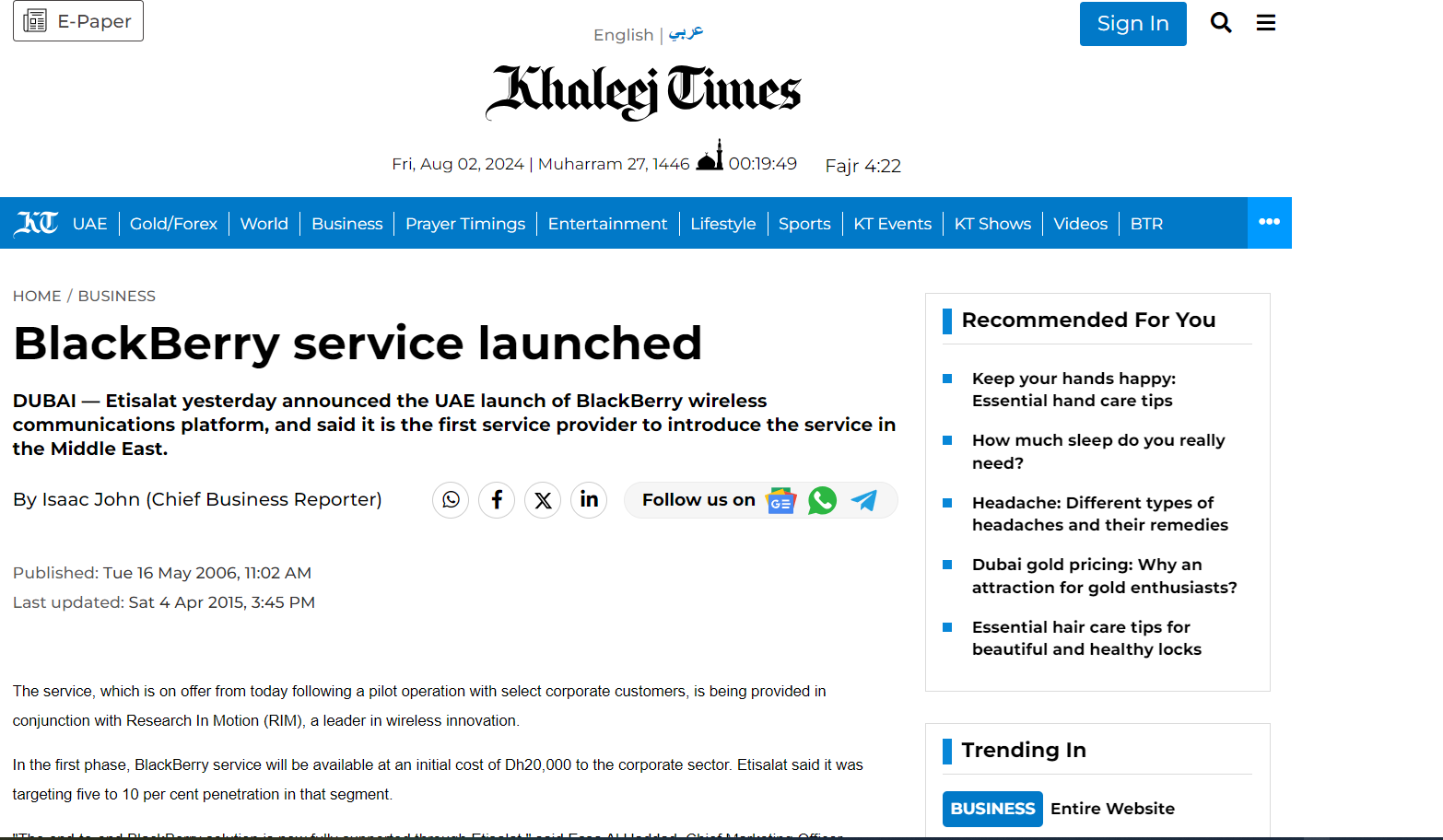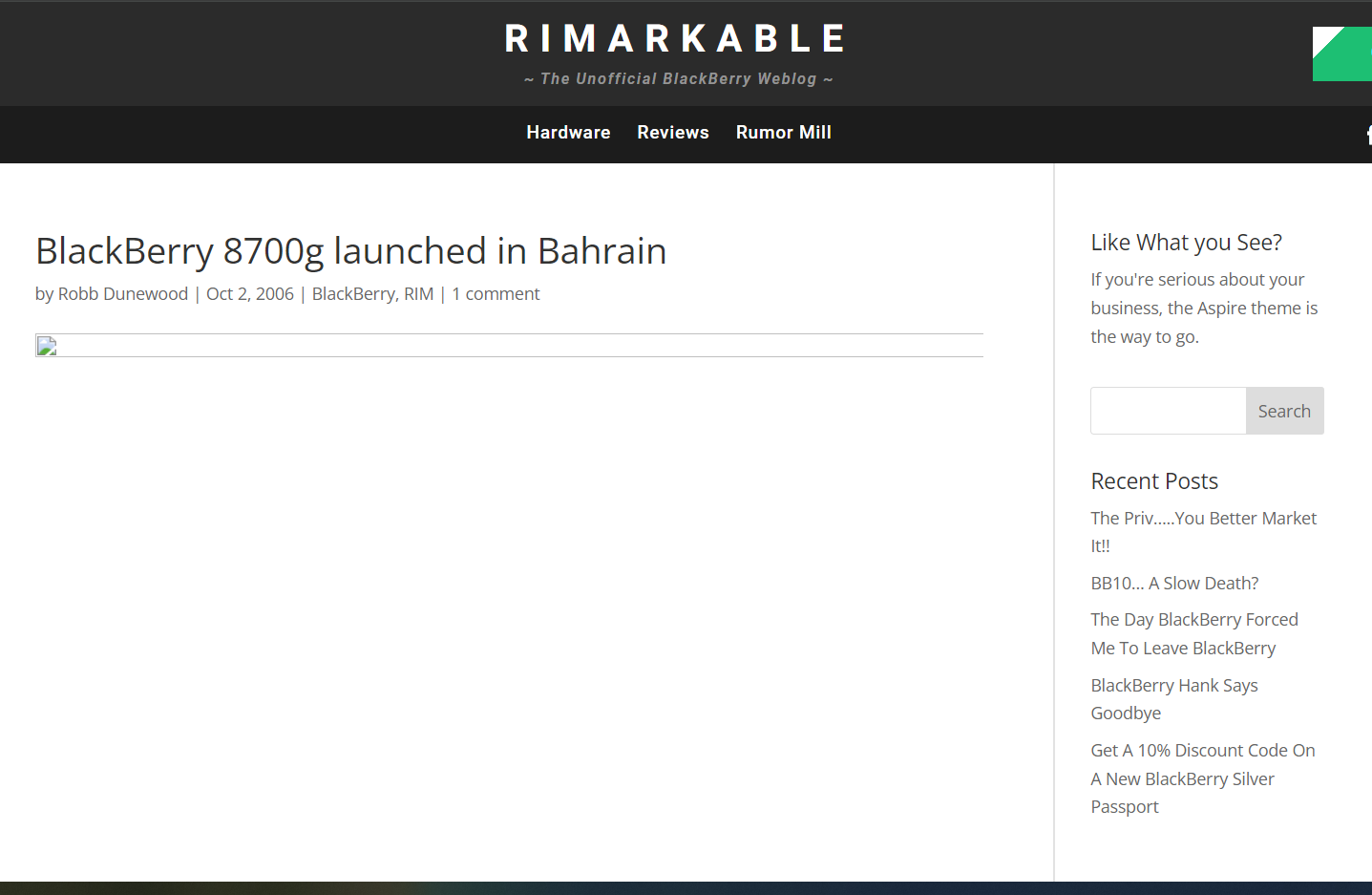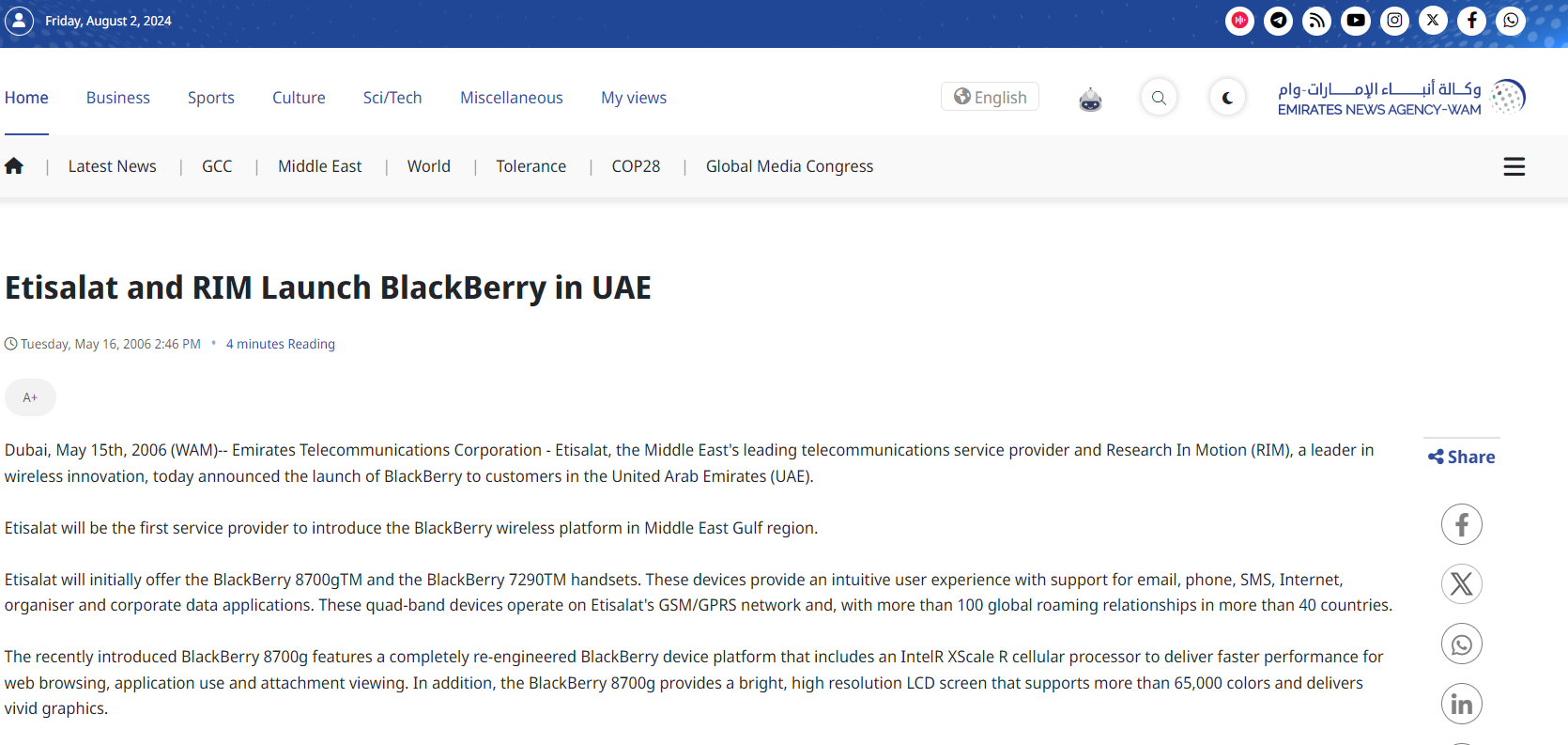The internet turned information into a borderless resource. Cloud computing did the same for software. Tokens are next: tiny packets of value that can be minted, split, exchanged and retired entirely in code. Yet programmable ownership is only as strong as the rails beneath it—compliance guard‑rails, user‑experience rails and culture rails that help people trust what they cannot see.
Why tokens need rails, not hype
The story of any new medium starts with possibility and ends, eventually, with plumbing. Early websites dazzled; then browsers, standards and CDNs quietly made the Web usable for billions. Tokens are at the browser‑war stage—high on headlines, low on reliability. Smart‑contract exploits, wallet‑drain scams and cross‑chain hacks have taught builders a blunt lesson: until the rails feel boring, mass adoption will stall. Boring means predictable fee models, bank‑grade compliance and UX that hides the jargon.
Four pillars of token infrastructure
- Custody & Compliance – Regulated stable‑coins, Travel‑Rule messaging, zero‑knowledge KYC. A token’s legal perimeter must be visible before its logo can go viral.
- Programmable Escrow – Automatic settlements let value change hands the moment a condition is met—no PDFs, no paperwork, no human switches to flip.
- On‑Chain Identity – Wallet reputation, soul‑bound attestation and selective disclosure keep sybil attacks out while preserving privacy.
- Real‑Time Data Feeds – Oracles, subgraphs and AI agents that pull events on‑chain so contracts can react in seconds, not settlement cycles.
Industries on deck
Finance already sees stable‑coin settlement volumes rivaling Venmo transfers. Gaming is next, because game economies are digital by default and players are comfortable with virtual goods. Media will follow as streaming royalties shift from quarterly cheques to block‑by‑block micro‑payouts. Real estate experiments with tokenised debt tranches, and identity layers ride along because KYC must travel with the money.
Case snapshots
• USDC prize payouts (Brazil) – 92 % fee savings; funds cleared in three minutes.
• Fan‑token membership (Philippines) – 47 % higher renewal when perks settle instantly.
• Edge‑compute DePIN deal (UAE) – idle GPU farms tokenised for AI inference workloads.
Getting started
A successful token roll‑out follows the same logic as any agile software launch.
First, map every place where value pauses or changes hands—prize pools, merchandise royalties, creator tips. Each pause is a smart‑contract trigger waiting to be automated.
Second, choose a settlement asset with deep liquidity and regulatory clarity. A dollar‑pegged stable‑coin like USDC works for global events; a local CBDC may win political buy‑in for domestic leagues.
Third, design token sinks before you open the faucet. Make sure holders can burn, stake or spend their tokens in ways that reinforce the product loop instead of inflating supply.
Fourth, prototype the KYC path early. If identity checks feel like airport security, users will abandon carts—and regulators will notice.
Finally, run a closed beta with power users, simulate hostile scenarios on testnet, and iterate before exposing real wallets to real money.
Common pitfalls & how to avoid them
Assuming price equals value. A token’s utility per transaction—not its market cap—determines staying power; track velocity and daily active wallets, not just price charts.
Hiding compliance under the rug. Regulators rarely forget or forgive; build Travel‑Rule messaging, sanctions screening and audit logs from day zero so legal doesn’t have to play whack‑a‑mole later.
Ignoring culture and context. A fan token that clashes with local norms will die on arrival; local advisors and soft‑launch surveys can surface red flags early.
Underestimating UX friction. Wallet creation, seed‑phrase handling and gas‑fee prompts are make‑or‑break moments—buffer gas, abstract seed phrases and default to social log‑ins where possible.
Neglecting treasury management. Token treasuries that sit idle leak trust and inflation; schedule periodic buybacks or reward programs to keep economic flywheels spinning.
The road ahead
Over the next 24 months, CBDCs will cross‑pollinate with public‑chain liquidity, DePIN will recruit unused hardware at scale and AI agents will negotiate contract upgrades on the fly. For builders, the mantra is simple: treat rails like a product, treat compliance like UX and treat the community like co‑owners.
About the author
Derek Roga is a Web3 strategist and former secure‑communications executive who now helps gaming, fintech and media companies build tokenised payment rails. After leading carrier roll‑outs with BlackBerry and serving as the CEO of EQUIIS Technologies Switzerland AG, he pivoted to Web3, advising on stable‑coin treasuries, fan‑token economies and DePIN infrastructure pilots across LATAM, MENA and Southeast Asia. on X @Derek_Roga.


